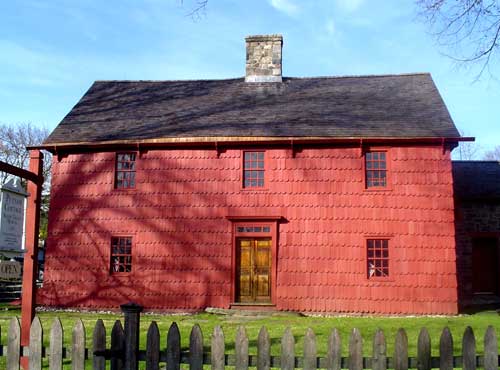
Ruby-throated Hummingbird (Archilochus colubris)
Physical DescriptionAverage length: 3.5 inches (8.9 cm)
Average weight: 1/8 ounce (3.1 g)
Body temperature: 105°-108°F (40.5°-42.2°C)
Wing beats: 40-80 per second, average about 52
Respiration: 250 per minute
Heart rate: 250 beats/min resting; 1200 beats/min feeding
Flight speed: 30 mph (48 kph) normal; 50 mph (80 kph) escape; 63 mph (101 kph) dive
[2]Here is some great information on these beautiful birds and the proper way to freed them:
Hummingbirds are small birds in the family Trochilidae, native only to the Americas. They are known for their ability to hover in mid-air by rapidly flapping their wings, 15–80 times per second (depending on the species). The Giant Hummingbird's wings beat 8–10 beats per second, the wings of medium sized hummingbirds beat about 20–25 beats per second and the smallest beat 70 beats per second. Capable of sustained hovering, the hummingbird has the ability to fly deliberately backwards (this is the only group of birds able to do so) or vertically, and to maintain position while drinking from flower blossoms. They are named for the characteristic hum made by their wings.[1]
The diet of hummingbirds requires an energy source (typically nectar) and a protein source (typically small insects). Providing many plants that carry blooms used by hummingbirds is the safest way to provide nectar for hummingbirds...Homemade nectar can be made from 1 part white, granulated table sugar to 4 parts water, boiled to make it easier to dissolve the sugar and to purify the solution so that it will stay fresh longer. The water should be boiled before measuring to ensure that the ratio of sugar to water remains 1–4. The cooled nectar is then poured into the feeder. Things to avoid using in feeders include honey, which should not be used because it is prone to culture bacteria dangerous to hummingbirds. Artificial sweeteners should also be avoided because, although the hummingbirds will drink it, they will be starved of the calories they need to sustain their metabolism. Some commercial hummingbird foods contain red dyes and preservatives, which are unnecessary and possibly dangerous to the birds, so dyes and preservatives should be avoided because neither have been studied for long-term effects on hummingbirds. While it is true that bright colors, especially red, initially attract hummingbirds more quickly
 than others, it is better to use a feeder that has some red on it, rather than coloring the liquid offered in it. It is possible that red dye is harmful to hummingbirds. Commercial nectar mixes may contain small amounts of mineral nutrients which are useful to hummingbirds, but hummingbirds get all the nutrients they need from the insects they eat, not from nectar, so the added nutrients also are unnecessary. Authorities on hummingbirds recommend that if you use a feeder, use just plain sugar and water.
than others, it is better to use a feeder that has some red on it, rather than coloring the liquid offered in it. It is possible that red dye is harmful to hummingbirds. Commercial nectar mixes may contain small amounts of mineral nutrients which are useful to hummingbirds, but hummingbirds get all the nutrients they need from the insects they eat, not from nectar, so the added nutrients also are unnecessary. Authorities on hummingbirds recommend that if you use a feeder, use just plain sugar and water. A hummingbird feeder should be easy to refill and keep clean. Prepared nectar can be refrigerated for 1–2 weeks before being used, but once placed outdoors it will only remain fresh for 2–4 days in hot weather, or 4–6 days in moderate weather, before turning cloudy or developing mold. When changing the nectar, the feeder should be rinsed thoroughly with warm tap water, flushing the reservoir and ports to remove any contamination or sugar build-up. If dish soap is used, it always needs extra rinsing so that no residue is left behind. The feeder can be soaked in dilute chlorine bleach if black specks of mold appear and rinsed with clear water.[1]
remain fresh for 2–4 days in hot weather, or 4–6 days in moderate weather, before turning cloudy or developing mold. When changing the nectar, the feeder should be rinsed thoroughly with warm tap water, flushing the reservoir and ports to remove any contamination or sugar build-up. If dish soap is used, it always needs extra rinsing so that no residue is left behind. The feeder can be soaked in dilute chlorine bleach if black specks of mold appear and rinsed with clear water.[1]
"O LORD, how manifold are thy works! in wisdom hast thou made them all: the earth is full of thy riches." Psalm 104:241 Wikipedia, 2007
2 Hummingbirds.net



 than others, it is better to use a feeder that has some red on it, rather than coloring the liquid offered in it. It is possible that red dye is harmful to hummingbirds.
than others, it is better to use a feeder that has some red on it, rather than coloring the liquid offered in it. It is possible that red dye is harmful to hummingbirds.












